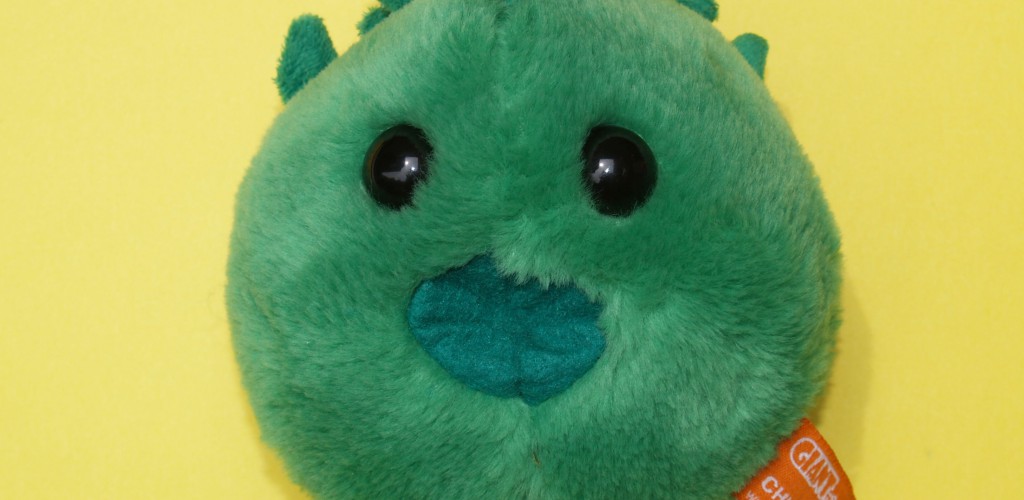Chlamydia
What is chlamydia?
- Chlamydia is a sexually transmitted infection (STI) caused by a bacteria.
- It can affect the cervix (the opening to the uterus), penis*, rectum (inside your butt) and throat.
How do you get chlamydia?
- Chlamydia is found in certain bodily fluids of someone who has chlamydia: semen (cum), vaginal* fluid, and anal fluid.
- You can get chlamydia from having unprotected vaginal, oral or anal sex with someone who already has it.
- You can get chlamydia if you share sex toys with someone who already has it and you don’t disinfect the toys or put a new condom on them each time a new person uses the toys.
- A pregnant person with chlamydia can pass it on to their baby during vaginal delivery.
How do you know if you have chlamydia?
- The only way to know you have chlamydia is to get tested.
- Many people do not have any symptoms and may not know they have it. You can pass on chlamydia even if you don’t have any symptoms.
- If symptoms do occur, they usually appear within 2 to 6 weeks after exposure but it can take longer for symptoms to appear.
- Symptoms can vary depending on where the infection is.
Possible Symptoms:
Cervix/Vagina:
- Itchy/irritated vagina
- Painful urination (peeing)
- A change in vaginal discharge
- Bleeding after sex or between periods
- Pain during or after vaginal sex
- Pain in the lower abdomen (belly)/lower back
Penis:
- Discharge from the penis
- Itchiness or irritation around the urethra (the opening in the penis)
- Painful urination
- Pain or swelling in the testicles (balls)
Anus:
- Pain or itching in the rectum (butt)
- Bleeding or discharge from the rectum
- Painful bowel movements (pooping)
Throat:
- Possible sore throat or swollen glands but usually no symptoms at all
Remember: The most common symptom of any chlamydia infection is no symptoms at all
How can you get tested for chlamydia?
- If you have a vagina, a clinician will do a vaginal exam and take a swab of your cervix. At some clinics, you can be tested by peeing into a cup.
- A Pap test is not a chlamydia test, although they are often done at the same time.
- If you want to be tested for chlamydia, ask specifically for a chlamydia test. Do not assume you will be tested for chlamydia, even if you ask to be tested “for everything” or “every STI”.
- If you have a penis, you will be tested by peeing into a cup.
- To make sure your results are accurate, do not pee for 1-2 hours before doing the test.
- Chlamydia in the throat or rectum is tested for by swabbing the area. A swab is like a long q-tip.
- A pregnant person can pass chlamydia on to their baby during vaginal delivery. If you are pregnant and have not been tested for chlamydia, talk to your prenatal care provider.
For more information on testing for STIs, check out The Real Facts About STI Testing.
What if you test positive for chlamydia?
- Chlamydia can be treated and cured with a single dose of antibiotics.
- Your sexual partners should also get tested and treated. If they don’t, they can give chlamydia to you again.
- It is important to have a follow-up test after you have finished all your medication. Talk to your clinician about being re-tested.
- To make sure you don’t give chlamydia to your partners, wait for 7 days after you’ve finished the medication to have sex again.
- It is important to treat chlamydia. If left untreated, chlamydia can lead to serious health problems. In people with cervixes**, this includes Pelvic Inflammatory Disease which can lead to infertility, long-lasting pelvic pain, and ectopic pregnancy (pregnancy that occurs outside the uterus). In people with testicles**, untreated chlamydia can reduce fertility and cause pain and swelling of the testicles.
- Chlamydia is a reportable infection. This means that if you test positive for chlamydia, you may be called by a public health nurse to get contact information for current and past sexual partners so that those people may be encouraged to get tested. Your name is not disclosed when a sexual partner is contacted.
- You can also contact current and past sexual partners yourself, or use an anonymous notification service like tellyourpartner.org.
How can you lower your risk of getting chlamydia and/or passing it on to your partner(s)?
- Make informed decisions. Talk to your partner(s) about STIs and the use of safer sex tools.
- Use condoms on penises or dildos for vaginal or anal sex, use latex gloves for finger play and fisting, and use condoms/dams for oral sex to lower your chances of getting or transmitting chlamydia.
- If you are sharing sex toys, be sure to disinfect them or put a new condom on them when a new person uses the toys.
- Get tested for chlamydia and other STIs when you or your partner has a new sexual partner. Or, if you have new partners often, get STI testing every 3-6 months. If you have symptoms of chlamydia or another STI, get tested right away.
- If you test positive for chlamydia, follow your clinician’s instructions for treatment and follow-up.
For more information on how STIs are passed on check out Transmitting STIs: An Unwelcome Gift
For information on how to protect yourself and your partner(s), check out Protecting Yourself and Your Partners From STIs.
| Useful Tip |
| Consider telling your partner if you have chlamydia so they can be tested and treated too. For more on talking to your partner, check out Telling Your Partner You Have an STI. |
For a downloadable resource on this topic, please visit Planned Parenthood Toronto Factsheet Database.
If you have questions about this topic, feel free to contact one of our peer educators. [Link]
*We know that these aren’t the words everyone uses for their bodies (eg. trans folks), and support you using the language that feels best for you.
** People with cervixes are usually designated female at birth while people with testicles are usually designated male at birth. People with testicles don’t always identify as male and people with cervixes don’t always identify as female.
Last Edited: May 2020






